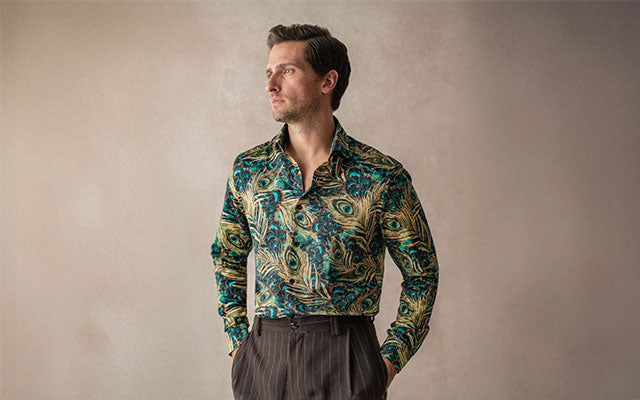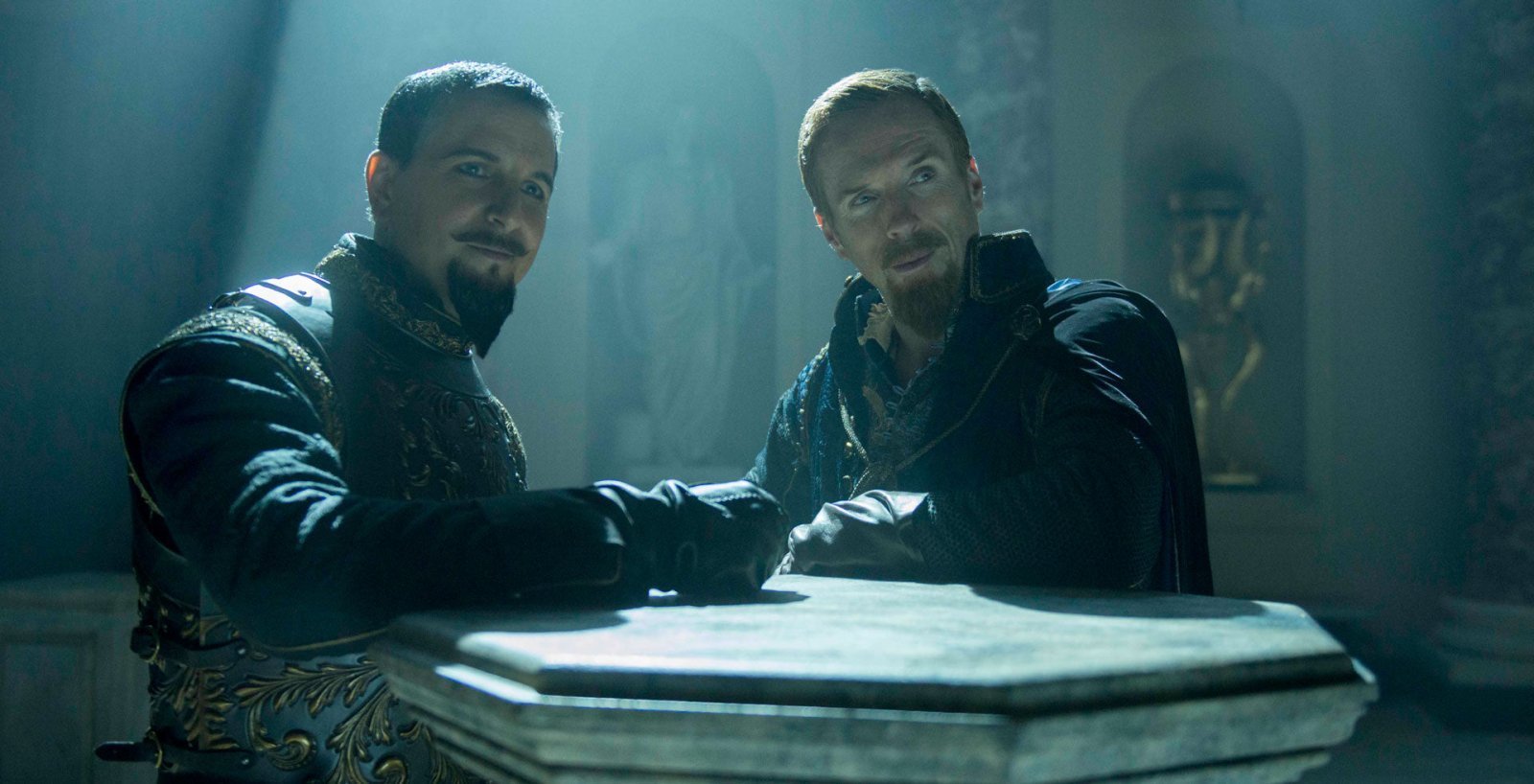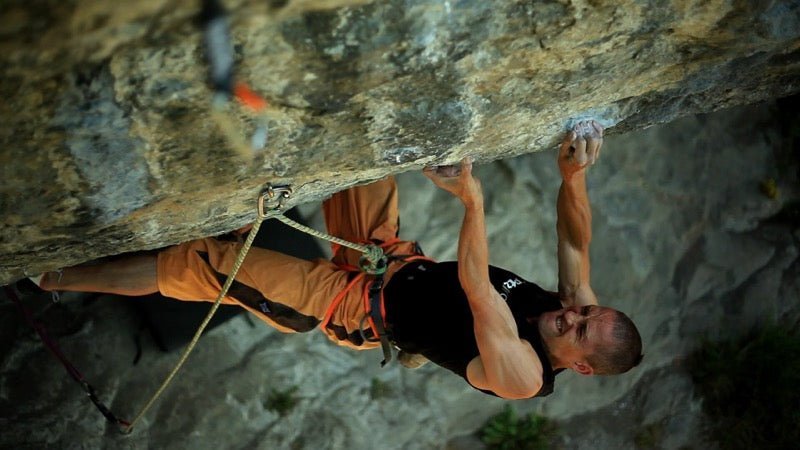WHEN YOU WAKE UP, YOU START RUNNING
When a lion wakes in Africa it knows if it can’t run faster than the slowest gazelle, it will starve to death. When a gazelle wakes it knows if it can’t run faster than the fastest lion, it will die. In Africa when you wake, if you want to live, you start running.
(African Proverb)
Palmer Winstanley
On May 9th we interviewed Paul Janssens about his career as an ultra trail runner. One of the events he entered was the Marathon Des Sables. Unbelievably, we then bumped into Palmer, who has also run the race. What is it about Blake Mill fans and running across deserts? Anyways, here is Palmer’s take on the life in Sahara.

What is the Marathon Des Sables?
Palmer: The Marathon des Sables (French for Marathon of the Sands) is a six-day, 251 km (156 mi) ultramarathon, which is approximately the distance of six regular marathons. The longest single stage is 91 km (57 mi) long. The race is held every year in southern Morocco in the Sahara Desert. It has been called the toughest foot race on Earth.
How Did You End up Competing in Race?
Palmer: I’d done endurance events before, I’d run marathons and a 90k race, and I’d always wanted to have a go. And there was the added attraction of running for charity. I ran with my brother and we raised a lot of money for ‘Save The Children’ which was very fulfilling. But mostly I wanted to run for the sheer adventure of it.
The Race Sounds Incredibly Daunting?
Palmer: It is! And it becomes more so the closer I got to it. Everyone knew I was entering, friends and family, which added to the expectations and pressure. But it’s important to keep things in perspective. Truly remarkable people have entered: a double amputee, a sixteen-year-old, a seventy-six-year-old. The race isn’t impossible. How Much Preparation Did You Undertake?
How Much Preparation Did You Undertake?
Palmer: I put a lot of work into preparation. First, there are the logistics. You have to carry everything you need on you, with the exception of water. That means seven days of food (a minimum of 2,000 calories a day worth), a sleeping bag, sleeping mat, a snakebite kit, a GPS, the list goes on and on.
Then there is the physical side of it. You obviously need to be very fit. I’d get up each morning during training at five o’clock and run a half marathon before going to work. But in the race, you’re running in temperatures of up to 56 degrees Celsius and that takes special training. I even spent time in saunas trying to get used to the heat. I’d read novels to kill the time, but the atmosphere was so humid the pages would fall apart.
I was glad I put the work in though. Much of the race is run over sand and I spent a lot of time ensuring my gaiters would actually keep the sand out of my running shoes, and also taping my feet to protect them. It became a minor obsession! A couple of hours before the start of the actual race I was taping away when another competitor asked what I was doing given we hadn’t even started yet. But it proved to be time well spent.
Were Blisters a Real Problem Generally?
Palmer: Very much so. There was a first aid tent put up by the organisers at the end of each day and there could be anything up to thirty people queuing at any given time. If the damage wasn’t too bad you were given a razor blade and iodine and told to get on with it. Those with more severe problems were treated by the medical staff in the tent. Some of the runners had incredible damage, their feet looked like hamburgers. They’d end up lying on the floor, their feet on a stool, screaming like children!
What Was It Like Running Marathon After Marathon Across The Sahara?
Palmer: In many ways, the most incredible part of it all was the desert itself. It is an absolutely stunning place. By day it’s completely empty. There are no birds, no animals, just this huge, bleak landscape. Then at night, it comes alive with snakes and scorpions, and a particularly horrific spider called the ‘Camel’ spider. The thing has ten legs, is the size of your hand and has a necrotizing bite. I woke up one night to find I was staring at one. It was terrifying.
What Were The Other Competitors Like?
Palmer: The event is very special in that it isn’t really a race. Maybe the top ten athletes were actually trying to win, but the rest of us were just trying to finish. The battle wasn’t against each other, but with yourself to keep going. And in that battle, we were all united. There was huge esprit de corps. People would pass you and you’d cheer them on, and later they’d fade, you’d pass them back, and they’d cheer you on. There was a huge sense of being part of this enormous challenge, of everyone working together to try and survive and keep moving.
I also got to meet some real characters. On one of the very long stages, when we were all having to dig incredibly deep, a Latvian woman appeared from nowhere behind us in the night. She staggered past us in a terrible state, music by Diesel Power blasting out of her headphones, and somehow still found the energy to shout ‘f*** ‘em all’ before disappearing back into the night again. It was all rather surreal.
What Did You Feel Like at the End?
Palmer: I had a huge sense of achievement but my emotions were mixed. For the duration of the event, all of the competitors lived in a bubble of vast scenery, great team spirit and huge highs followed by huge lows. Then suddenly it was over and back to usual life. Overall though, it was an incredible adventure.
As with so many of the extraordinary people we've interviewed, Palmer spent most of his time insisting he'd done nothing particularly out of the ordinary. He kept saying things like "you don't need to be Superman to do the race", or "anyone could do it". We at Blake Mill humbly disagree with him. In fact, even Superman might balk at taking on all that Palmer and the other competitors in that race did.





